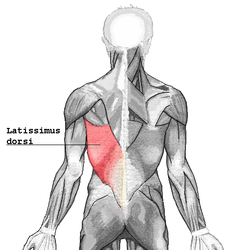What are the benefits of swimming?
There are many ways you can benefit from swimming.
Swimming is an excellent full body work out. You burn the
same amount of calories per hour as running or cycling. It is safe for overweight,
elderly and pregnant people who cannot handle high impact sports. Studies by
Jang, et al., in 1987 found out that male swimmers and distance runners burn an equal amount of calories in training. Female swimmers burn more calories than on-land trainers. Competetive swimmers do more intense intervals, which burn more calories and require a lot more energy for recovery than the steady rythem in distance runners training.
Running or joging targets mostly lower body muscle groups and weight lifting which focuses on upper body strength but swimming focuses on full body. As you pull yourself foward, the water creates drag and risistance challenging you to engage all your muscles.
Most movement in the breaststroke is powered by the lower body, this is why injuries to this area are more common. The wide movement from the breaststroke kick puts stress on the joints, mainly the knees and hips. Keeping your foot unnaturally straight while doing breaststroke kick --called plantar flexion-- increases the risk of muscle cramps, mostly in the calves. stretching your ankles to increase the range of motion before swimming helps this problem.
Swimming breaststroke will ingage all of your major muscle groups in your body. It improves your cardiovascular health and burns calories effectively. A person who weighs 155lbs. burns 744 calories swimming for 1 hour. To lose 1 pound of body fat you need to lose 3,500 calories.
Doing gental water exercises doesnt burn many calories, but intense lap swimming burns between 500 to 800 calories per hour depending on your weight and level of fitness. The calories burned are similar to other vigorous water activities like jogging, running slow, hiking, skating, tennis and dance. Working out at this level would burn body fat at a fast pass, resulting in maintaining a healthy weight or losing weight at a rate of 1 pound a week.
There is also lower risks in diabetes. In one study men reduced their risk of diabetes by 6 % for every 500 calories a week they burned in arobic exercise. With just 30 minutes of breaststroke 3 time a week, you could burn 900 calories. Reducing your risk of type 2 diabetes by 10%. This aplies for woman aswell. Doing vigorous exercise once a week lowers the risk of type 2 diabetes by 16 % over inactive woman.

